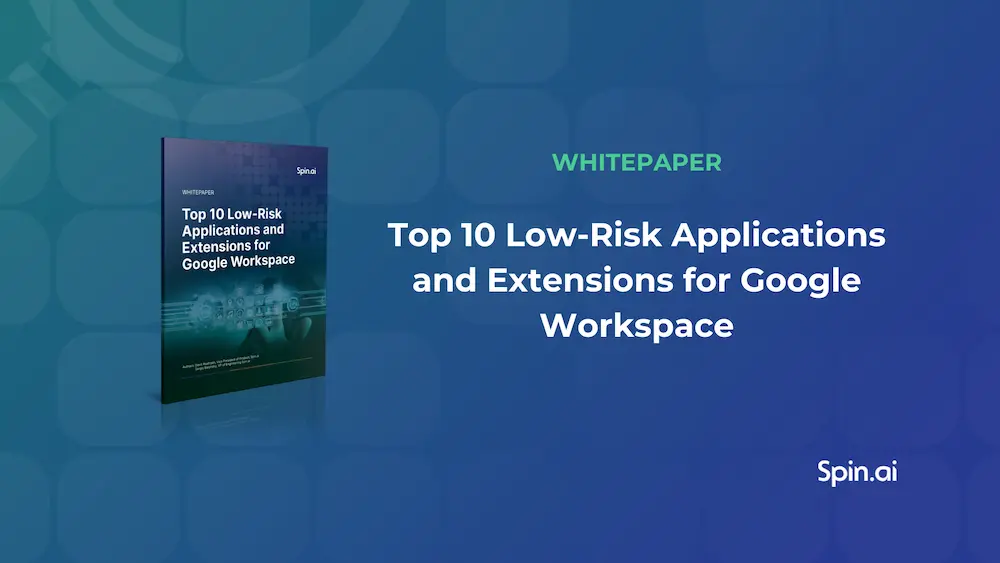Cloud Storage Environmental Impact
There is increased pressure on modern organizations not only to make profits but also to make business decisions that are socially and environmentally responsible.
Many offices have a “green policy” that aims to reduce their environmental impact in terms of energy usage, use of physical resources such as paper, and pollution and waste.
For companies utilizing cloud storage and services, it’s also important to consider the environmental impact of these services, and consider carefully how they compare to more traditional IT practices.
The Environmental Benefits of The Cloud
Cloud computing technologies offer numerous benefits for cost reduction and business user convenience. The environmental benefits aren’t as immediately obvious and yet there are some clear areas in which cloud computing is a much greener way of working.
Energy Efficient
The primary advantage of the cloud is that it is utterly efficient. While in-house data centers require several servers and backup systems to be running 24/7, along with staff to manage this technology. However, the average server utilization rate for data centers located on the premises of the business is only 15%.
Large-scale cloud providers have a utilization rate of approximately 65%, essentially allowing companies to use fewer servers and therefore, less energy. Specially designed data centers are also much more efficient than in-house hardware, utilizing optimized equipment and sophisticated cooling systems. The combination of increased efficiency and higher utilization rate results in an average energy saving of 84%.
Allows Remote Working
Allowing company workers to access their business files remotely, alongside cloud software such as G Suite that enables individuals to communicate and collaborate from anywhere in the world, means that remote working is easier than ever before.
Employees working from home use less energy as they do not need to use transport every day and the energy costs of heating and lighting offices can also be reduced. A report issued by the Carbon Trust estimates that homeworking has the potential to save companies 3 million tones of carbon emissions a year through reduced commuting alone.
Technologies such as online video conferencing can also reduce the need for international air travel, which has a huge carbon footprint.
Reduces Paper
Traditional offices go through a staggering amount of paper – the average office worker goes through 10,000 sheets of paper each year. This is not only inefficient compared to using digital systems, but also a huge environmental impact in terms of the energy needed to create the paper, as well as the waste it creates both through the manufacturing process and the actual physical waste of discarded paper documents when they are no longer needed.
Going paperless allows businesses to save money, reduce their impact on the environment, and benefit from increased efficiency through working in the cloud.
Cloud services now provide digital equivalents of data storage, record keeping, document creation and communication so it is easier than ever for businesses to go paperless and reap the advantages of working online.
The Negative Environmental Impact of Working in The Cloud
It’s also important to consider the less positive aspects of the cloud when it comes to environmental impact and for all businesses involved in cloud computing to reduce this impact wherever possible.
The main environmental impact of using the cloud comes from the amount of energy it takes to run and maintain very large data centers.
As these data centers contain thousands of servers, all of which must be powered on 24/7 to ensure their clients have access to their data at all times, the energy needs of each data center is substantial.
Additionally, the servers require cooling systems to combat the constant heat they are generating, which also has a massive energy requirement.
Making The Cloud Greener
Cloud providers are well aware of the environmental impact of using their technology and many big companies are putting research and funding into developing greener systems.
The Green Grid Association was set up as a non-profit consortium of cloud providers, energy companies, and end users, with the aim of improving data center efficiency and reducing environmental impact, worldwide.
Google has stated it is committed to energy efficiency and uses its own resources to design facilities with smart technology that use 50% less energy than other data centers. Currently 35% of the energy to power these data centers is supplied by renewable sources.
Amazon’s data centers are powered by wind and solar energy, alongside traditional non-renewable energy sources, and the company aims to be using 50% renewable energy by the end of 2017.
Microsoft has also shown its concern for environmental issues by hiring a new Director for Datacenter Sustainability and has reduced water usage in their data centers by designing an air-cooling system.
Large-scale cloud providers realize that a commitment needs to be made to reduce their environmental impact and they are putting money and resources into making cloud computing greener for everyone.
Check out Spinbackup’s pricing for G Suite!
Was this helpful?
How Can You Maximize SaaS Security Benefits?
Let's get started with a live demo
Latest blog posts
6 Common Mistakes in Google Workspace Backup
Google Workspace is a set of productivity apps, including Gmail, Drive, Docs, Meet, and Calendar...
Google Workspace vs. Microsoft 365 comparison
With so many productivity suites available, it can be overwhelming to decide which one is...
Top 10 Low-Risk Applications and Extensions for Google Workspace
Google Workspace is an extremely popular SaaS productivity suite used by millions of organizations today....


